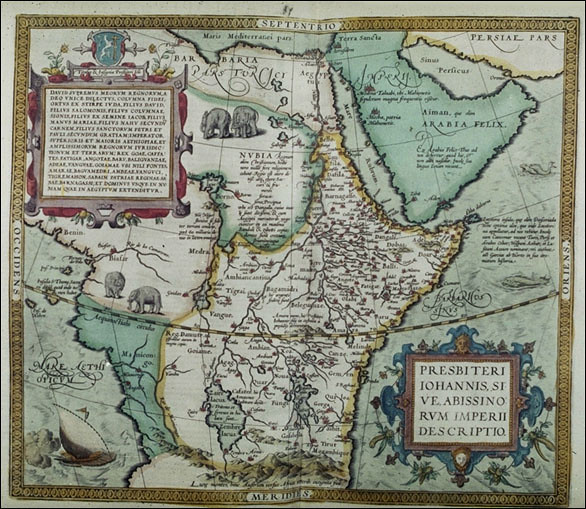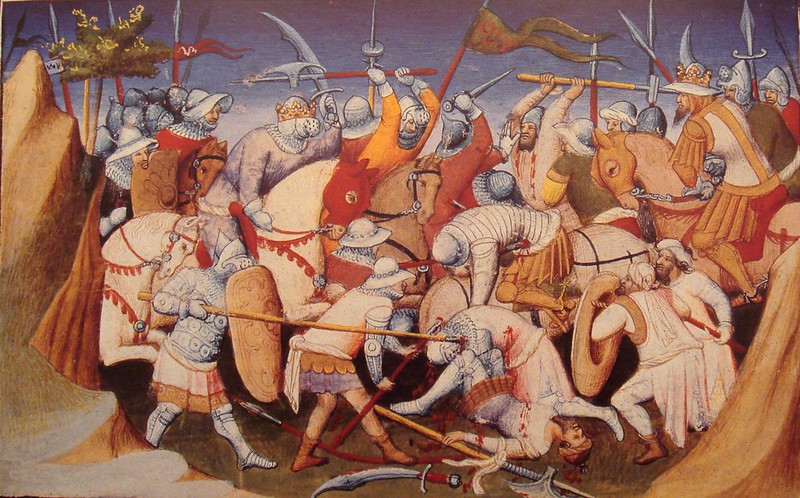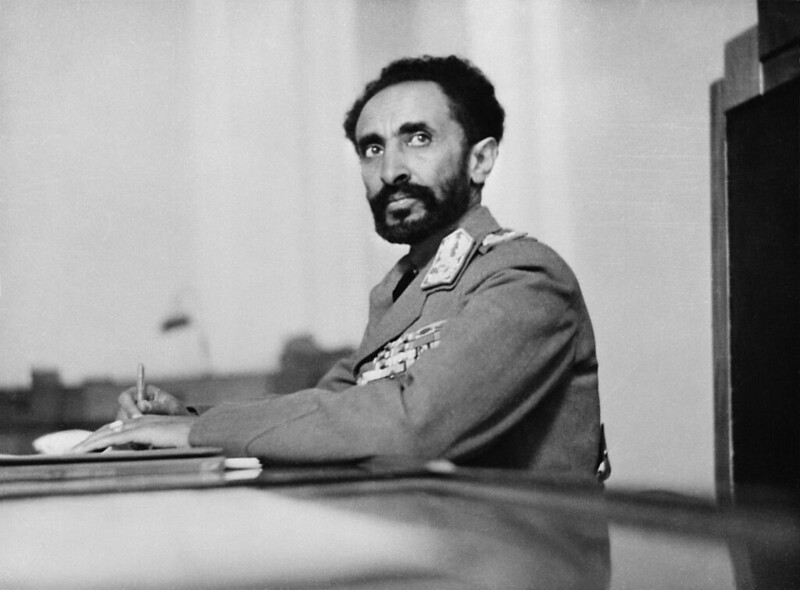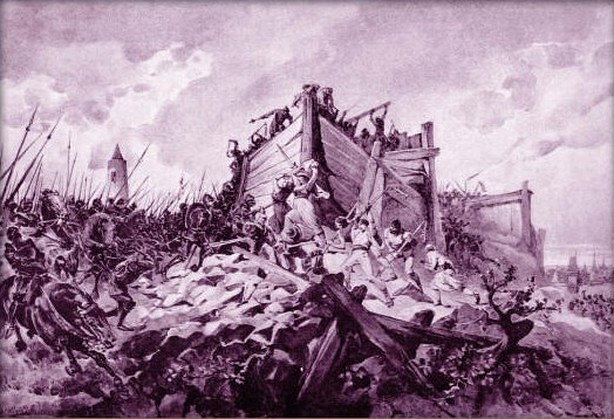The largest, one of the oldest, one of the few multi-ringed impact craters on Earth. It's all about the crater Vredefort.
The Vredefort crater was formed about 2 billion years ago. For the most meticulous citizens, let's check, 2023 billion years. Life on Earth did not particularly boiling, the most complex organisms on the Earth were simple unicellular organisms. As you probably know, they don't have good memory and do not have their own manuscripts and there are not, therefore, eyewitnesses of it. This event occurred on the territory of modern South Africa, but this place wasn't Africa in that time and it was unlikely the South of it. For a billion years before the supercontinent Vaalbara split while other supercontinent, Rodinia, had not been formed yet. However, the event happened in the right place. A meteorite 10 kilometers in diameter sank right in Kaapvaal Craton, which is not particularly affected neither by plate tectonics or erosion. Most of the other similar craters creased beyond recognition and can only be found on other celestial bodies of the Solar System. For example, on Jupiter's moon Callisto, where you can see a wonderful multi-ring crater.
The crater has a few rings, the widest of which stretches for 300 kilometers in diameter. A hypothetical crater in Wilkes Land is a bit larger, but untill tractors do not remove all the snow from Antarctica, any reliable claims are not possible. In the center of the crater there is a hill, which arose from the splash of molten soil after the fall of the meteorite in the ground and drowned. So that the hole in the center of the Vredefort object, such as ones in the modern volcanos, is not presented. It is also nearly the oldest one, only crater Saharwi in Karelia is older among the known craters on Earth, but Saharwi is not so amusing.
In 1876, the descendants of Dutch settlers founded inside the crater a town konown as Vredefort, after which the geologic object was named. In addition to Vredefort two towns within the crater exist. The largest city in South Africa, Johannesburg, is located just on the external ring of the crater. In 2005, UNESCO declared the crater a World Heritage siteas "the largest, oldest and most deeply eroded meteorite crater found on Earth." As we know, not all of it is true.
The Vredefort crater was formed about 2 billion years ago. For the most meticulous citizens, let's check, 2023 billion years. Life on Earth did not particularly boiling, the most complex organisms on the Earth were simple unicellular organisms. As you probably know, they don't have good memory and do not have their own manuscripts and there are not, therefore, eyewitnesses of it. This event occurred on the territory of modern South Africa, but this place wasn't Africa in that time and it was unlikely the South of it. For a billion years before the supercontinent Vaalbara split while other supercontinent, Rodinia, had not been formed yet. However, the event happened in the right place. A meteorite 10 kilometers in diameter sank right in Kaapvaal Craton, which is not particularly affected neither by plate tectonics or erosion. Most of the other similar craters creased beyond recognition and can only be found on other celestial bodies of the Solar System. For example, on Jupiter's moon Callisto, where you can see a wonderful multi-ring crater.
The crater has a few rings, the widest of which stretches for 300 kilometers in diameter. A hypothetical crater in Wilkes Land is a bit larger, but untill tractors do not remove all the snow from Antarctica, any reliable claims are not possible. In the center of the crater there is a hill, which arose from the splash of molten soil after the fall of the meteorite in the ground and drowned. So that the hole in the center of the Vredefort object, such as ones in the modern volcanos, is not presented. It is also nearly the oldest one, only crater Saharwi in Karelia is older among the known craters on Earth, but Saharwi is not so amusing.
In 1876, the descendants of Dutch settlers founded inside the crater a town konown as Vredefort, after which the geologic object was named. In addition to Vredefort two towns within the crater exist. The largest city in South Africa, Johannesburg, is located just on the external ring of the crater. In 2005, UNESCO declared the crater a World Heritage siteas "the largest, oldest and most deeply eroded meteorite crater found on Earth." As we know, not all of it is true.






